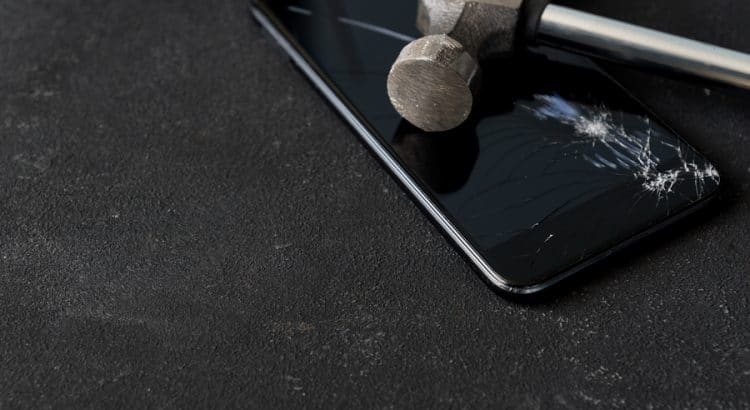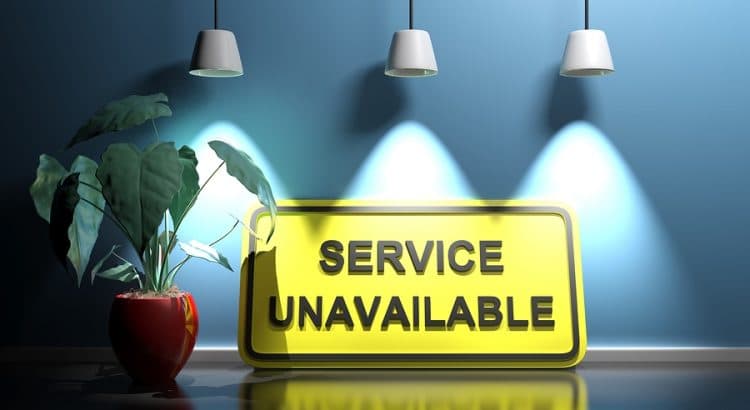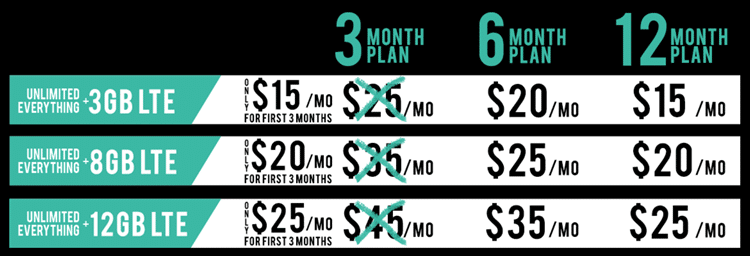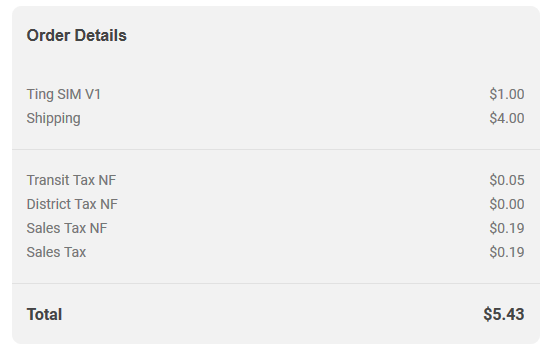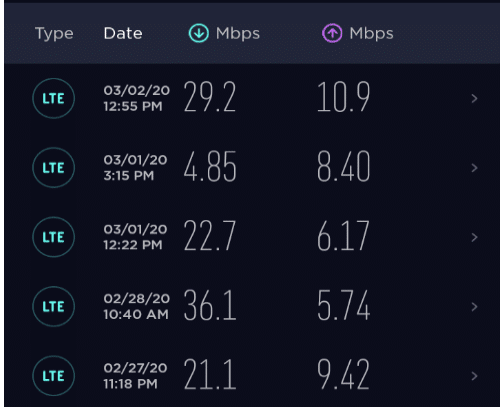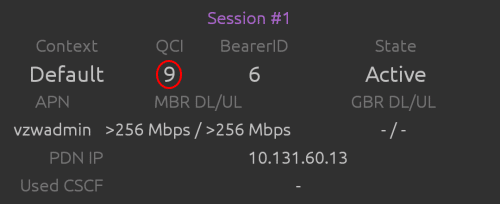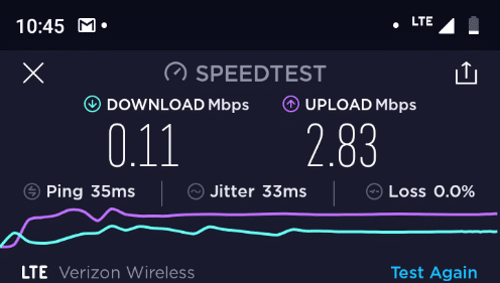Phone insurance usually isn’t a good deal. Companies offering phone insurance plans typically intend to make a profit. These companies profit when customers, on average, pay more into insurance programs than they get paid out.
When considering the costs of phone insurance, think in terms of a long time horizon. One of Verizon’s insurance plans, Verizon Protect, costs $17 per month. Imagine you purchase a new phone from Verizon for $600 then insure it with Verizon Protect. If you use the phone for three years and keep it insured the whole time, you’ll end up making 36 payments of $17. After three years, you’ll have spent $612 on insurance. That’s more than the original cost of the phone!
Considerations
Whether phone insurance is worth it will depend on your situation:
- How much would you have to pay for insurance?
- What would it cost to replace your phone without insurance?
- What sort of deductible would your insurance plan have?
- How risk-averse are you?
- How careful are you about protecting your phone?
- Would phone insurance offer any added conveniences (e.g., extra-fast repairs)?
Examples
High-end phones
I recently purchased a Samsung Galaxy S20 from Verizon. The phone has a list price of about $1,000. For $17 per month, I can cover the phone with Verizon Protect. While Verizon primarily pitches that protection plan, there’s another plan called Wireless Phone Protection that offers similar coverage for only $6.85 per month.
The Wireless Phone Protection plan comes with a $200 deductible on the S20. Since it would normally cost me $1,000 to replace the S20, the insurance plan could save me up to $800.
The protection plan’s monthly fee works out to be less than 1% of the amount I would save if I lost or destroyed my phone. I’m clumsy and tend to put my phones through a lot. There’s a greater than 1% chance I’ll break or lose my S20 in any given month. Accordingly, the insurance plan would offer me good value in the short term.
Depreciation
Today’s high-end phones will be tomorrow’s budget phones. While the S20 has a list price of about $1,000 today, it’ll be cheaper in the future. If Verizon still sells the phone in three years, it’ll cost far less.
While the replacement cost of my phone will decline over time, the rate I pay to insure it won’t. In some cases, it can make financial sense to (a) insure a high-end phone briefly after purchase and (b) drop the insurance at a later time.
Budget phones
Most companies don’t closely match the cost of insurance plans to the value of a phone. My favorite budget-friendly phone right now is the Motorola G7 Play. It costs $130 from Motorola. Verizon’s Protect plan still costs $17 per month for the G7 Play. The Wireless Phone Protection plan still costs $6.85 per month.
The G7 Play is not worth insuring. The phone has a $9 deductible. Verizon’s insurance would only save me $121 if I lost or broke a G7 Play. In just eight months, the Verizon Protect plan would cost more than a brand new device.
Self-insurance
In most cases, I recommend that people self-insure their phones. While the peace of mind you can get from an insurance plan is nice, the companies offering the plans usually come out ahead of consumers.
Some people will argue that self-insurance isn’t always reasonable. Today’s fancier phones are expensive. Many people would have trouble covering a big, unplanned hit to their finances. In my view, most people who cannot afford to self-insure are buying phones that are too expensive. Some of today’s budget phones are great. Self-insuring is easier with a low-cost device.
